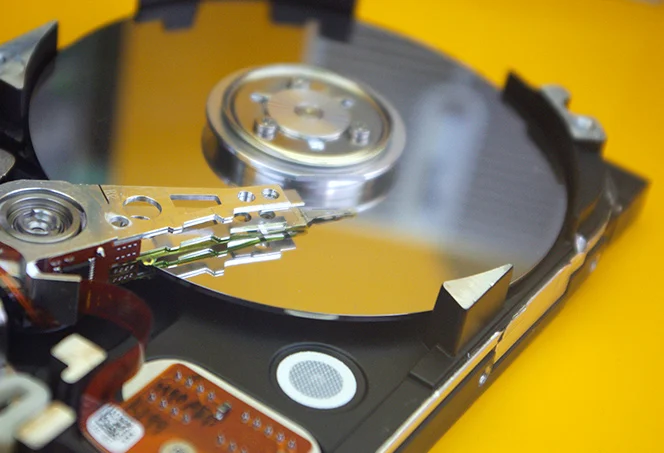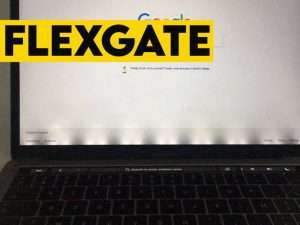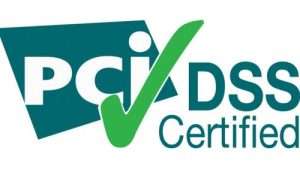How to Format PC Hard Drive to Install Windows and Linux

How to Format your PC to install Windows, Linux & other OS
If you want to format your computer hard drive, either the PC is widows based and inversions like windows 7, 8, 10, XP, you don’t need a comprehensive PDF before you can erase the hard drive and reinstall the new OS.
Although cleaning your internal or external hard drive is not what you just do for fun, it’s usually done when you think there’s a better operating system or updated OS version.
For example, many people downloaded and changed to the windows 13 operating system when it was updated because they felt it has better features.
Some also wipe their hard drive to install a completely new OS because they want to have a feel of another platform on their computer system and you can do this without losing data and with cd.
To start wiping your laptop hard drive, you need an installation disc but it’s not necessary as you can do this with USB and without CD.
You should also understand your computer specification or configuration as they’re not the same from computer to computer.
Backup your data on your computer
You need to save a copy of your data on a secured external storage facility to avoid loss in case there’s a problem. You can use CD, USB, external hard drive, or any other peripheral storage device. Note that everything on your PC will be erased.
It’s important you make a list of the apps on your PC just to remember them when you’re reinstalling applications but also, the compatibility of the apps with the type of your laptop disc drives or control to avoid failure of drivers.
Prepare the USB drive for the formatting
Remember that, to format your computer, it is necessary to have the CDs or the DVD of the operating system independently if it is the original or a backup of it.
If you don’t have any of the two things, you can download it if you prefer the only free legal version that delivers Windows 10 or all of the Linux varieties that are free.
If you want to install an operating system like Windows 7 or Windows 8 for example, you will need the operating system disk or an ISO file of these two disks.
If you already downloaded an ISO file you need to create a bootable USB file. We explain how to do it here. You only need a USB memory with a storage capacity of 4 G where you will store all the information.
To Start formatting your PC NowNow
Installing a new operating system on your laptop involves erasing everything that is in your computer as I’ve said earlier, so it is very important that you backup your photos, documents, games, and types of data you do not want to lose.
You should use an external hard drive, USB memory, or free and best online file storage site that you consider good and safe to save your files; the cloud could be better.
Now, insert the USB drive that you have prepared to format the PC.
Restart your computer, just in the first few seconds while it turns on, look for somewhere on the black screen where it says “Enter boot menu” simply “Boot Menu” or something similar.
According to the computer company (be it HP, Dell, Lenovo, Acer, Apple, Sony, Toshiba, etc..) this may vary, but something similar to indicate which button is necessary to access the boot menu should come up, which is usually the delete tab, F11 or, F12.
In most cases, you’ll need to restart the laptop again to find the boot menu as the screen is quickly hidden before you realize it sometimes.
When you know the key you have to used to reboot, you can still press it several times during the start of the PC or you simply restart if you’re having a problem with it.
The New Installation Process
Once your USB device is connected to your computer USB port properly, One of those options should be from your USB indicating in the name you’ve assigned to it or at least showing the name of the manufacturer that produced the USB or simply “removable disk”.
Click it and begin the installation process and follow the instructions accordingly.
It is very similar to the installation of any other program. Perhaps, one of the most difficulties you can experience is when you have not installed a new operating system in a computer system before, this is when you have to select where to install your operating system.
There are several file directories, although you can continue without making any changes.
It is preferable to leave one to install the operating system and one for the data storage, select the lowest capacity for the operating system, and the largest to save your files.






